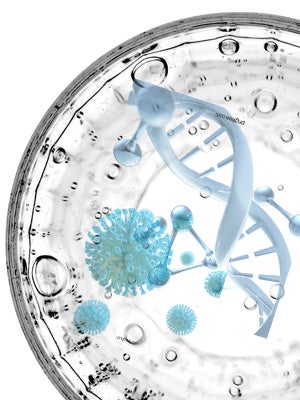
The analysis of wastewater has been proven to be a valuable method to monitor public health. Techniques have been used to detect illicit drug use and various pathogenic viruses for decades. Beginning in the 1940s, virologists and epidemiologists used wastewater analysis to detect increased poliovirus infection rates and encourage vaccinations to prevent further outbreaks.
Since the emergence and spread of the severe acute respiratory syndrome coronavirus 2 (SARS-CoV-2), the Houston Health Department has led collaborative efforts between municipal, academic, and health care partners to develop and implement a SARS-CoV-2 wastewater surveillance system for the city of Houston, Texas. As the COVID-19 pandemic was impacting millions of people worldwide, the Houston team found that wastewater monitoring was a powerful approach to providing a community-level assessment of symptomatic and asymptomatic cases while not relying on the testing of individuals.
To establish, maintain, and scale the surveillance program to also monitor for influenza, respiratory syncytial virus (RSV), mpox, and 29 potential pathogens, the Houston team uses a three-pronged system that leads to the presentation of near real-time data to city officials, hospitals, and the public.
On a national level, the collaborators have been working with the CDC, which launched the National Wastewater Surveillance System (NWSS) in September 2020, to support the building of the nation’s capacity to track SARS-CoV-2.
Houston’s three-pronged approach
Using Houston’s SARS-CoV-2 wastewater surveillance as a case study, the collaboration developed and implemented a city-wide surveillance and reporting system that is organized into three parts:
